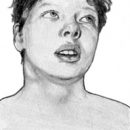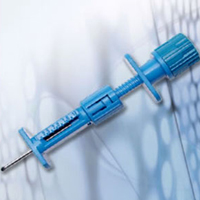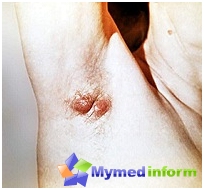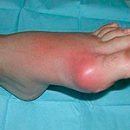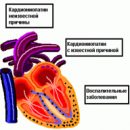Cardiogenic shock is a critical condition accompanied by a violation of blood circulation of organs and tissues. Depending on the operation of the organs, three severity of the cardiogenic shock is distinguished.
Content
Concept of cardiogenic shock
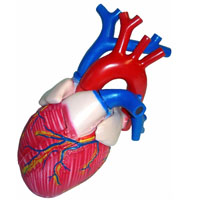 Cardiogenic shock is a critical circulatory disruption, accompanied by arterial hypotension and signs of acute deterioration in the blood supply of organs and tissues.
Cardiogenic shock is a critical circulatory disruption, accompanied by arterial hypotension and signs of acute deterioration in the blood supply of organs and tissues.
Cardiogenic shock occurs not only with extensive, but also in small-scale myocardial infarction.
In medicine, 4 variants of the development and flow of cardiogenic shock are distinguished:
- Reflex (cardiogenic shock arises as a result of a hard pain)
- True cardiogenic shock (occurs during a sharp reduction in myocardial contractile ability)
- Areactive shock (the most severe version of a true cardiogenic shock, which is resistant to therapeutic measures and forced auxiliary circulation)
- Arrhythmic shock (comes in patients with acute myocardial infarction with violations of the heart rhythm)
Cardiogenic Shock degrees
There are 3 degrees of cardiogenic shock:
- First degree - blood pressure in the range of 90/50-60 / 40 mm RT. Art., Pulse pressure is 40-25 mm RT. Art., no loss of consciousness, symptoms of heart failure (swelling, shortness of breath) expressed weakly
- Second degree - blood pressure 80/50-40 / 20 mm RT. Art., Pulse pressure up to 30-15 mm RT. Art., Collapse is expressed poorly (sharp drop in blood pressure and reduced blood supply to vital organs) acute heart failure
- The third degree is a heavy progressive collapse with a multi-ox pain attack, blood pressure is sharply reduced, the pulse pressure is below 15 mm RT. Art., The symptoms of acute heart failure are growing, edema develops
Basic symptoms of cardiogenic shock
If cardiogenic shock develops against the background of signs of acute myocardial infarction, signs of progressive weakness, death fear, shortness of breath, rapid heartbeat appear together with painful attack behind the sternum. The patient with cardiogenic shock pale is covered with cold later, a spotted marble pattern appears on the skin. Student breathing, weakened. Listened wet shallow switches. Later appear signs of pulmonary edema. Pulse rapid, weak filling and voltage.
In a patient with cardiogenic shock, the risk of developing frequent arrhythmias is significantly increased. Arterial pressure drops. The belly will be received, meteorism appears (increased gas formation). There is a decrease in the amount of urine release. Blood supply of the brain, liver, kidneys, the coronary blood flow, which feeds myocardium is worse.
Emergency care with cardiogenic shock
Emergency care patient with cardiogenic shock is aimed:
- Providing a patient of full rest (to lay a patient with raised at an angle of 20°With lower limbs to enhance the inflow of arterial blood to heart)
- Holding anesthesia, before the arrival of a specialized brigade, non-nucleic analgesics (Baratgin, Tramal, Ketarol, and others.)
- Oxigenotherapy - air ventilation, with an oxygen pillow, which provides an additional oxygen supply to tissues, especially to the heart muscle
- Upon arrival of the cardiology brigade, measures are being held to stabilize blood pressure and cardiac frequency. Anesthesia with the help of narcotic analgesics (morphine, commotol), the introduction of heparin intravenously inkino
- Mandatory hospitalization, but only after removal from cardiogenic Schoca II-III degree and transportation in a specialized car by a cardiac team of ambulance


